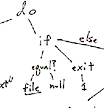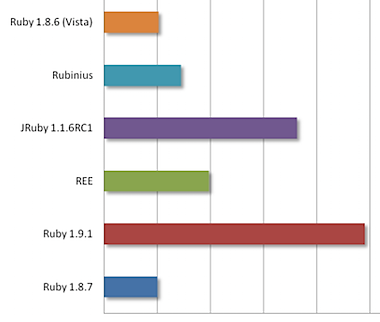
Note: This post is a part of Ruby Inside’s Top 10 in 2008 series. To learn more or see the other awards, read this introductory post.
John Nunemaker – Consistently Good Ruby Blogging in 2008!

Rather than unethically considering ourselves or one of our sister blogs (!!), we set out to look for the best independent Ruby blogger of 2008. It wasn’t a hard search. While there are a lot of good blogs out there, few have been as consistently good as John Nunemaker’s RailsTips. John (@jnunemaker on Twitter) is always looking out for new things and ways to make life simpler for Ruby and Rails developers, and while many have fallen back to just putting code on Github or Twittering in 2008, John has consistently blogged about his new projects and those of others. Read More








 Jeremy McAnally (Twitter
Jeremy McAnally (Twitter  Whenever you run a Ruby program, Ruby’s parser processes the code and turns it into an “
Whenever you run a Ruby program, Ruby’s parser processes the code and turns it into an “

 2008 has been an interesting year for Ruby. Some people are going to remember 2008 as a snarky,
2008 has been an interesting year for Ruby. Some people are going to remember 2008 as a snarky, 
 It was a few months ago that
It was a few months ago that  Everyone’s favorite Australian Ruby developer, Dr. Nic Williams, has put together
Everyone’s favorite Australian Ruby developer, Dr. Nic Williams, has put together  If you read Ruby Inside in 2006, you might remember
If you read Ruby Inside in 2006, you might remember  At
At  If you’ve ever investigated how to build your own compiler, you might be familiar with
If you’ve ever investigated how to build your own compiler, you might be familiar with 
